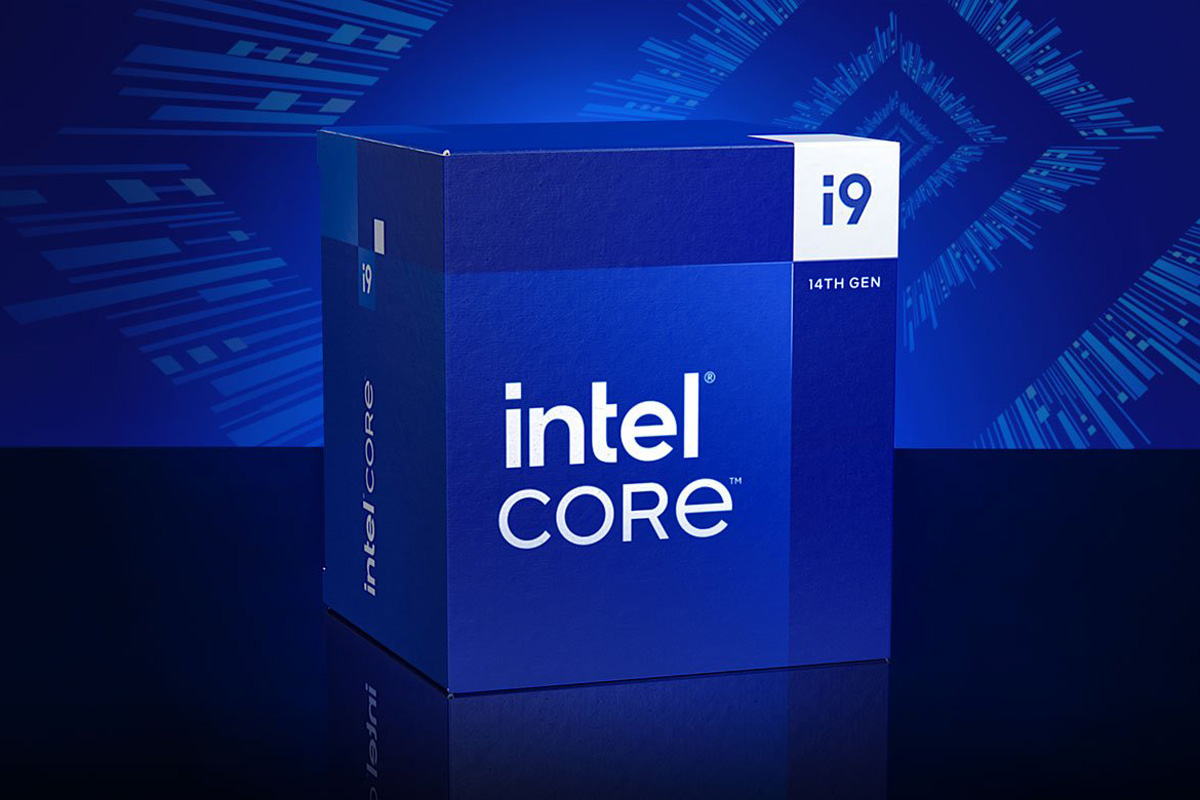Intel has officially responded to the the problem of compatibility of proprietary processors with NVIDIA video cards. Igor Vallossek from the site Igor’s Lab has published a message from Intel to motherboard developers confirming that most of the blame for the situation lies with them. As a reminder, we are talking about video memory errors and stability issues during shader compilation in games.
The company points to the actions of motherboard manufacturers who disable thermal and power protection to make the processor run faster and do not follow Intel’s recommendations. Manufacturers actually set the overclocked settings as standard.
Intel has observed that this issue may be related to out-of-specification operating conditions that result in prolonged high voltage and frequency during periods of high temperature. An analysis of the affected processors shows that some parts have changes in the minimum operating voltage, which may be due to operation outside of the operating conditions specified by Intel.
While the root cause has not yet been identified, Intel has noticed that most reports of this issue are coming from users with motherboards with unlocked system/overclocking. Intel has noticed that boards with 600/700 series chipsets often have default BIOS settings that disable heat and power protection designed to limit the impact on the processor during extended periods of high voltage and frequency, for example:
- Disabling Current Excursion Protection (CEP)
- Enabling IccMax Unlimited bit
- Disabling Thermal Velocity Boost (TVB) and/or Enhanced Thermal Velocity Boost (eTVB)
Additional parameters that may increase the risk of system instability:
- Disabling C-states
- Use Windows Ultimate Performance mode
- Increasing PL1 and PL2 beyond Intel recommended values
Intel asks system and motherboard manufacturers to provide end users with a default BIOS profile that matches the parameters recommended by Intel.
Intel strongly recommends that customers’ default BIOS settings ensure that they operate within Intel’s recommended parameters.
In addition, Intel strongly recommends that motherboard manufacturers implement warnings to end users when using any unlocked or overclocking feature.
Intel is continuing to actively investigate this issue to determine the root cause and will provide additional updates as more information becomes available.
Intel will issue a public statement regarding the status of the issue and recommendations for BIOS settings in May 2024.
Previously, some motherboard manufacturers have released BIOS updates with a setting of «Intel Base Profile» and other options to prevent the problem.

